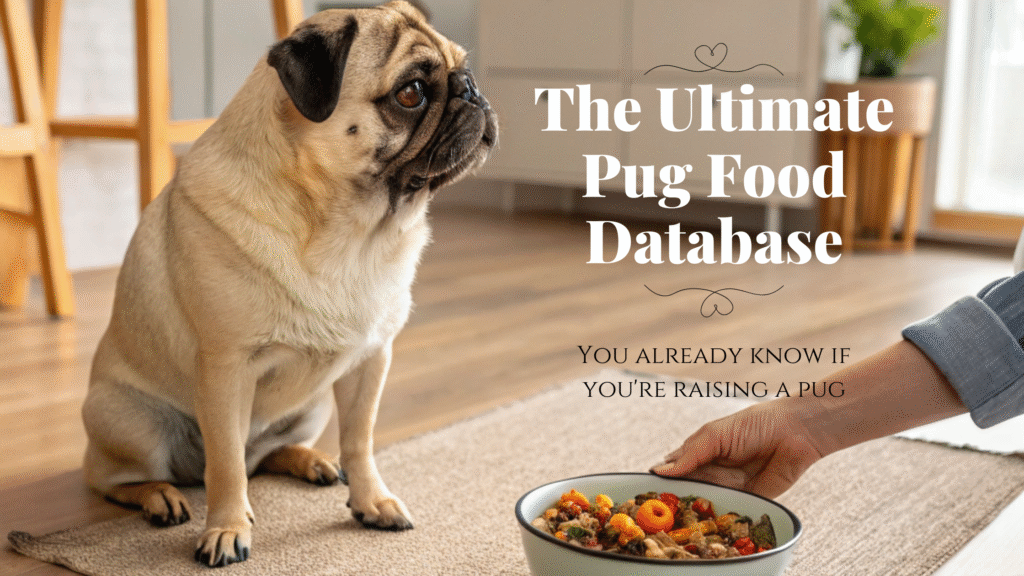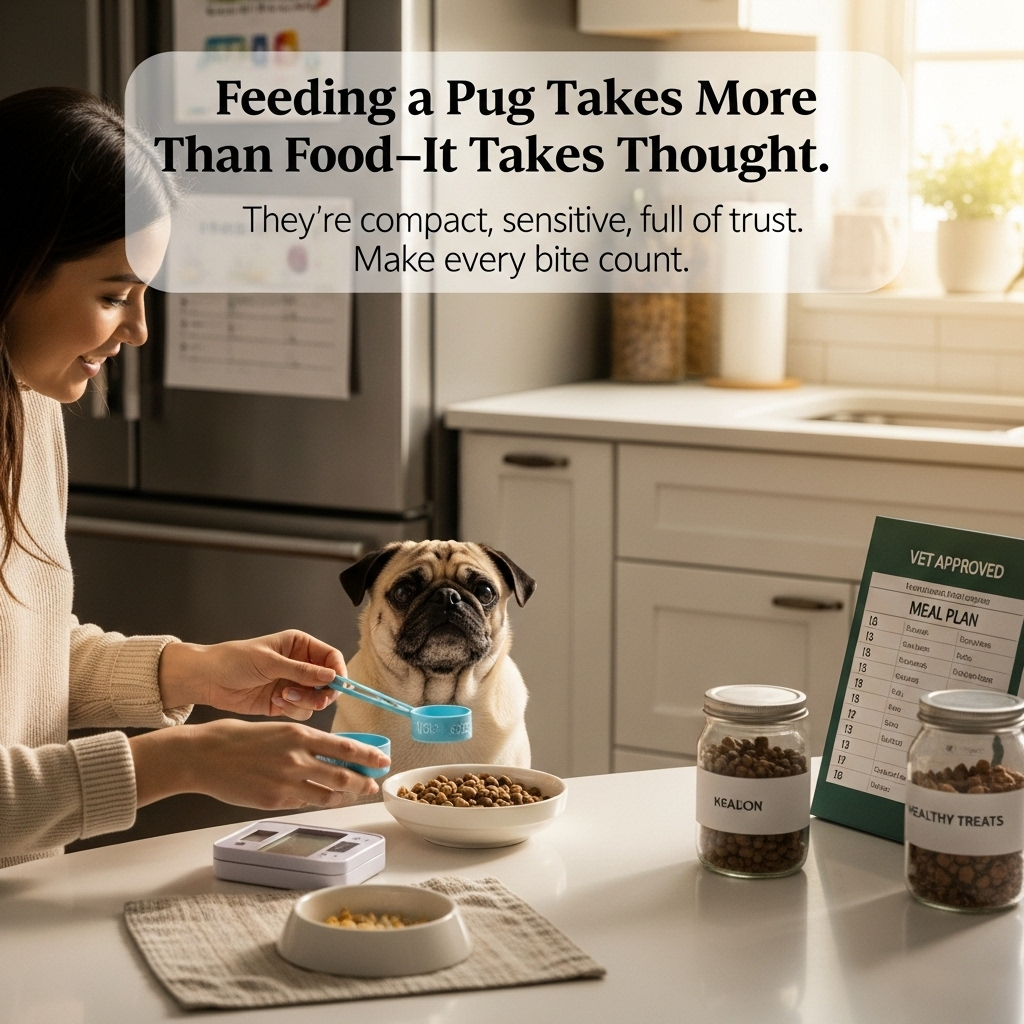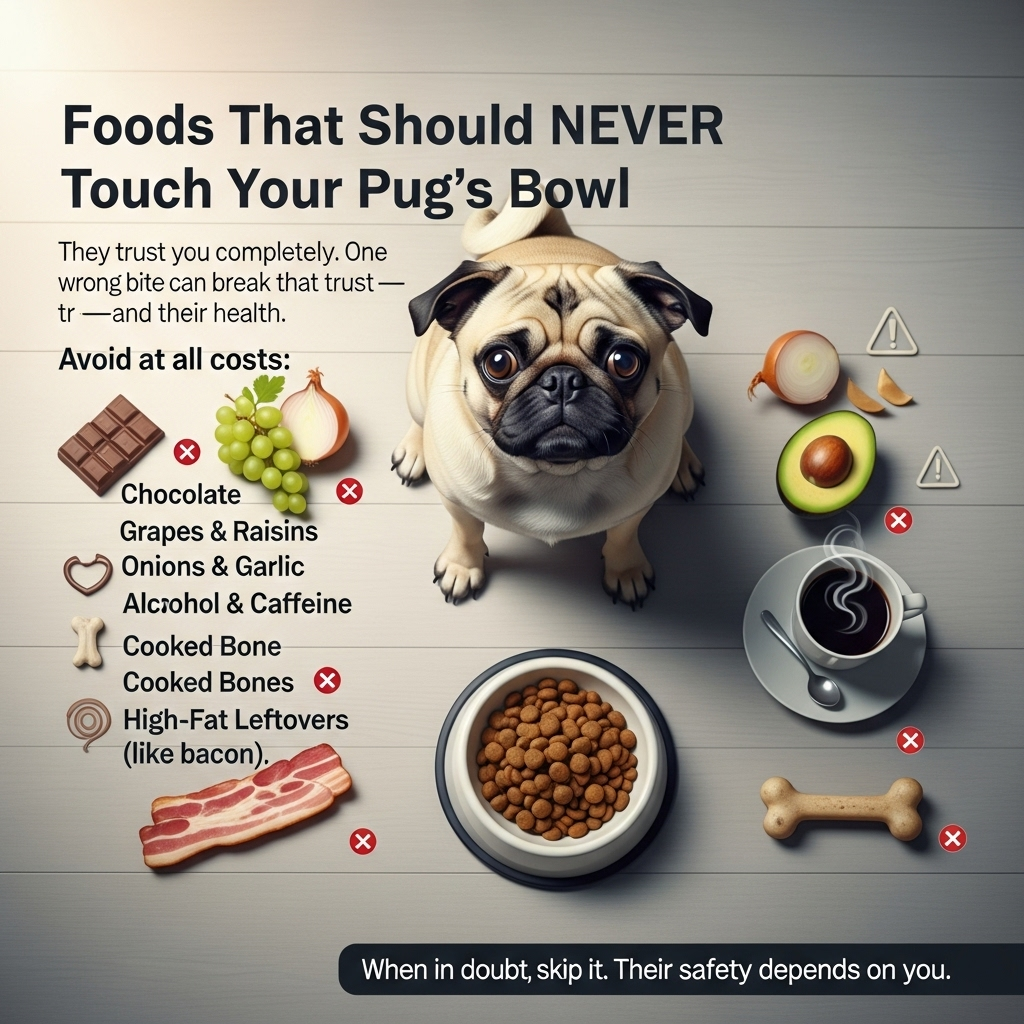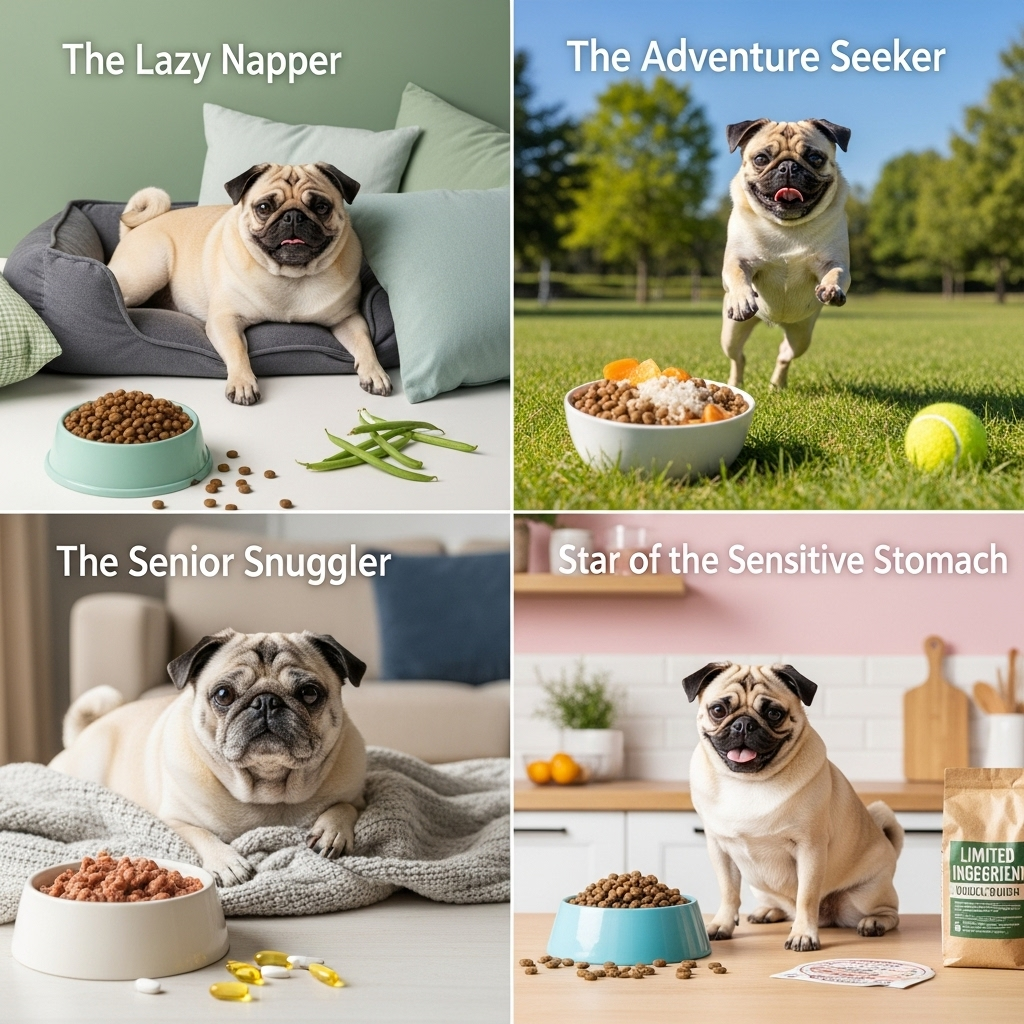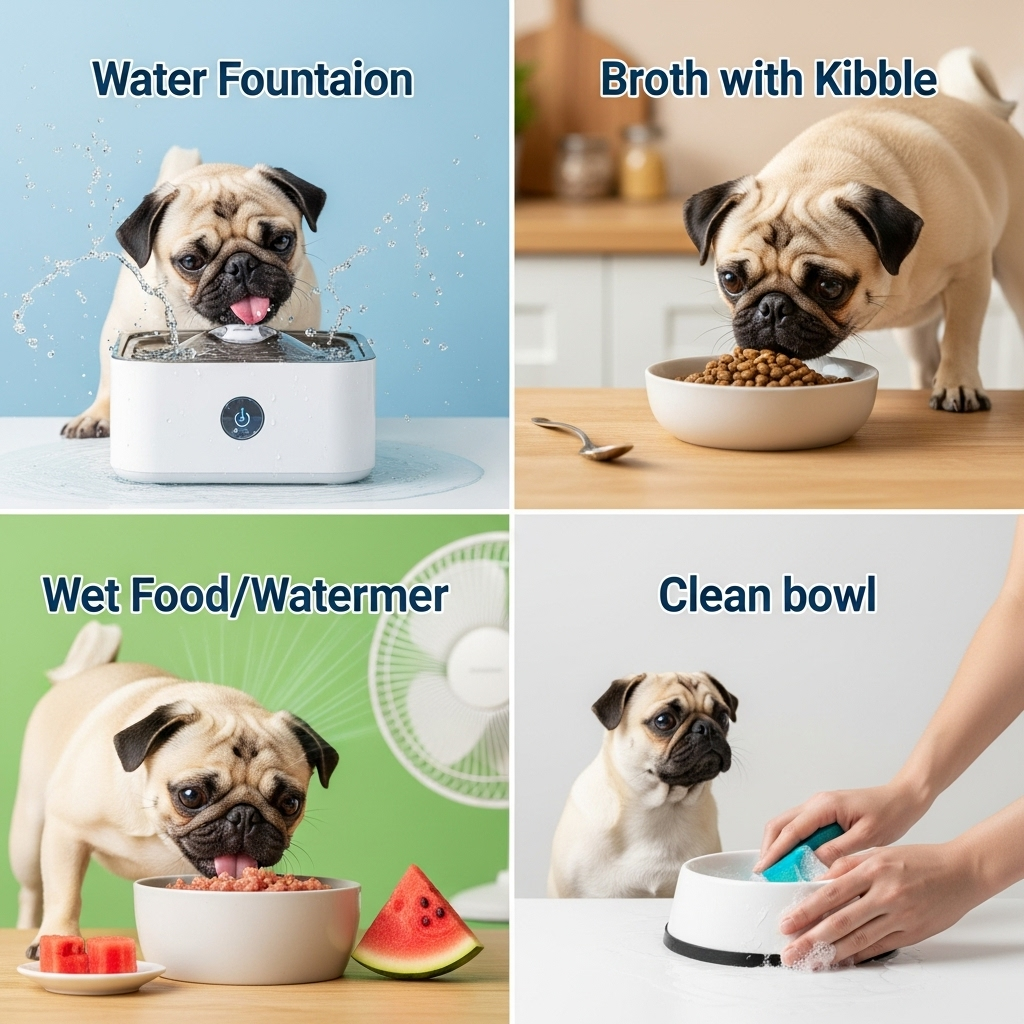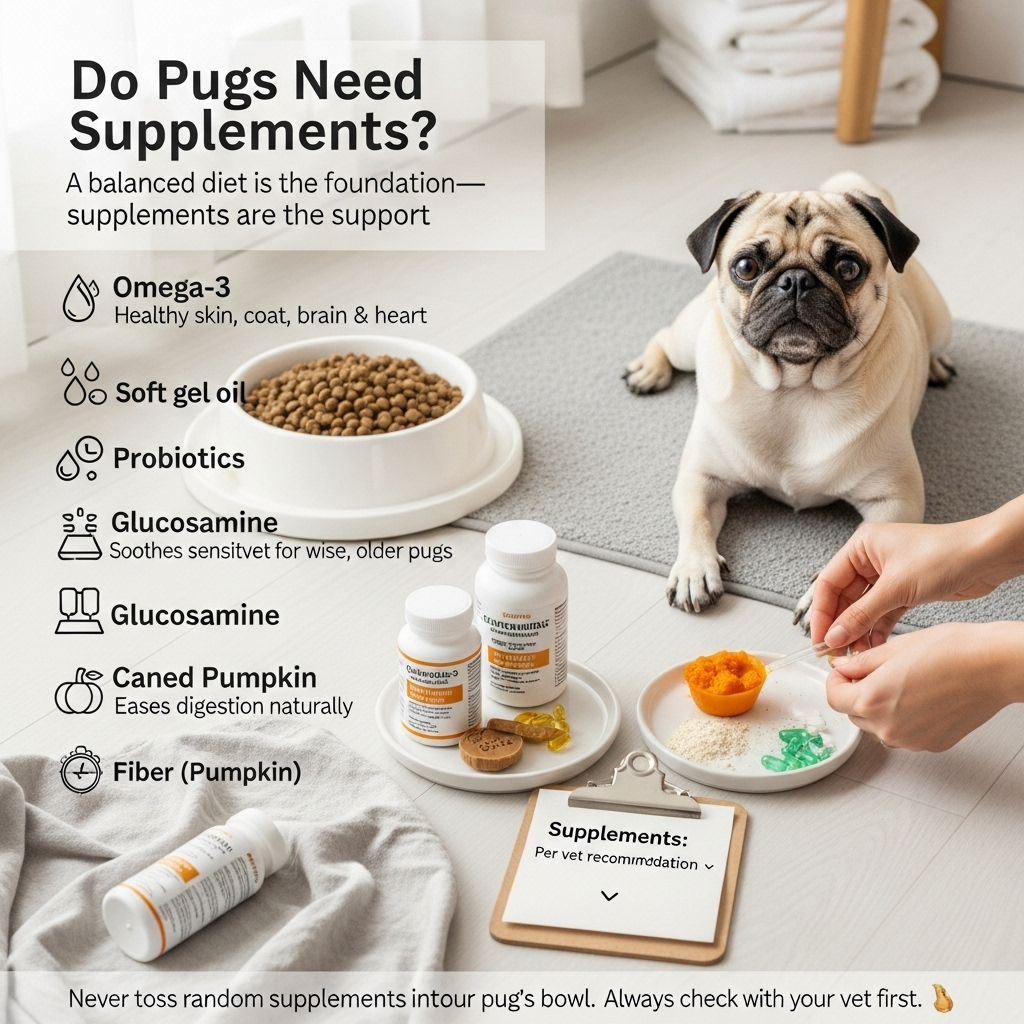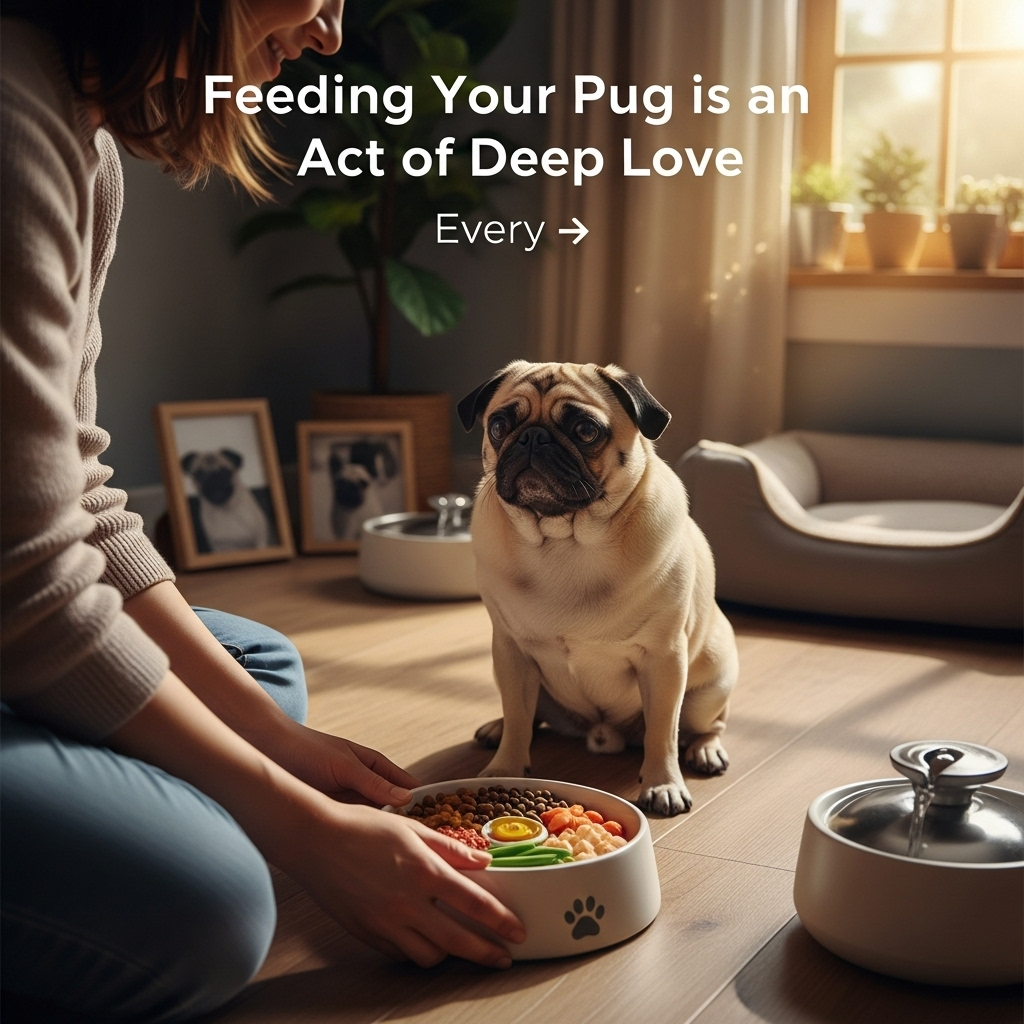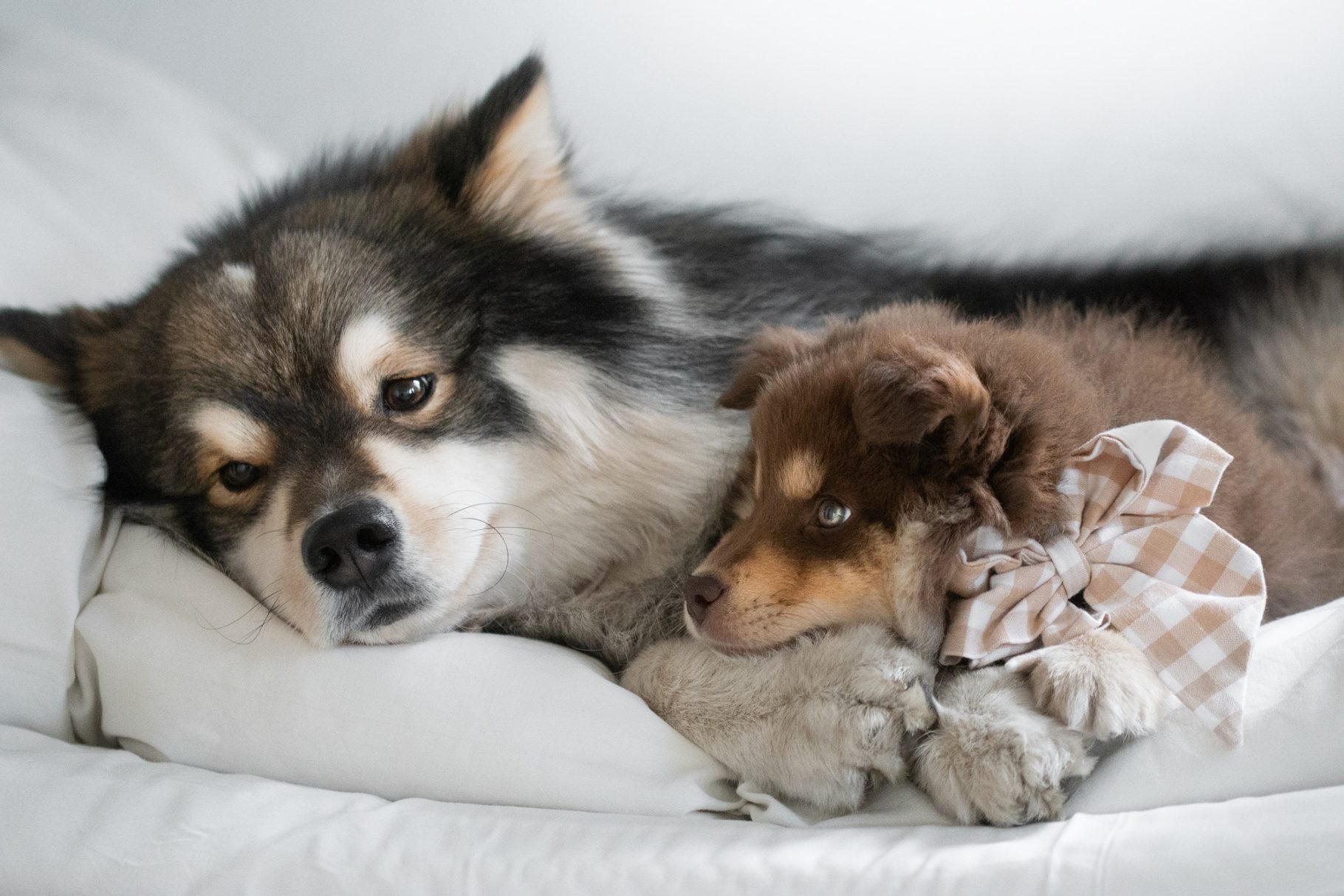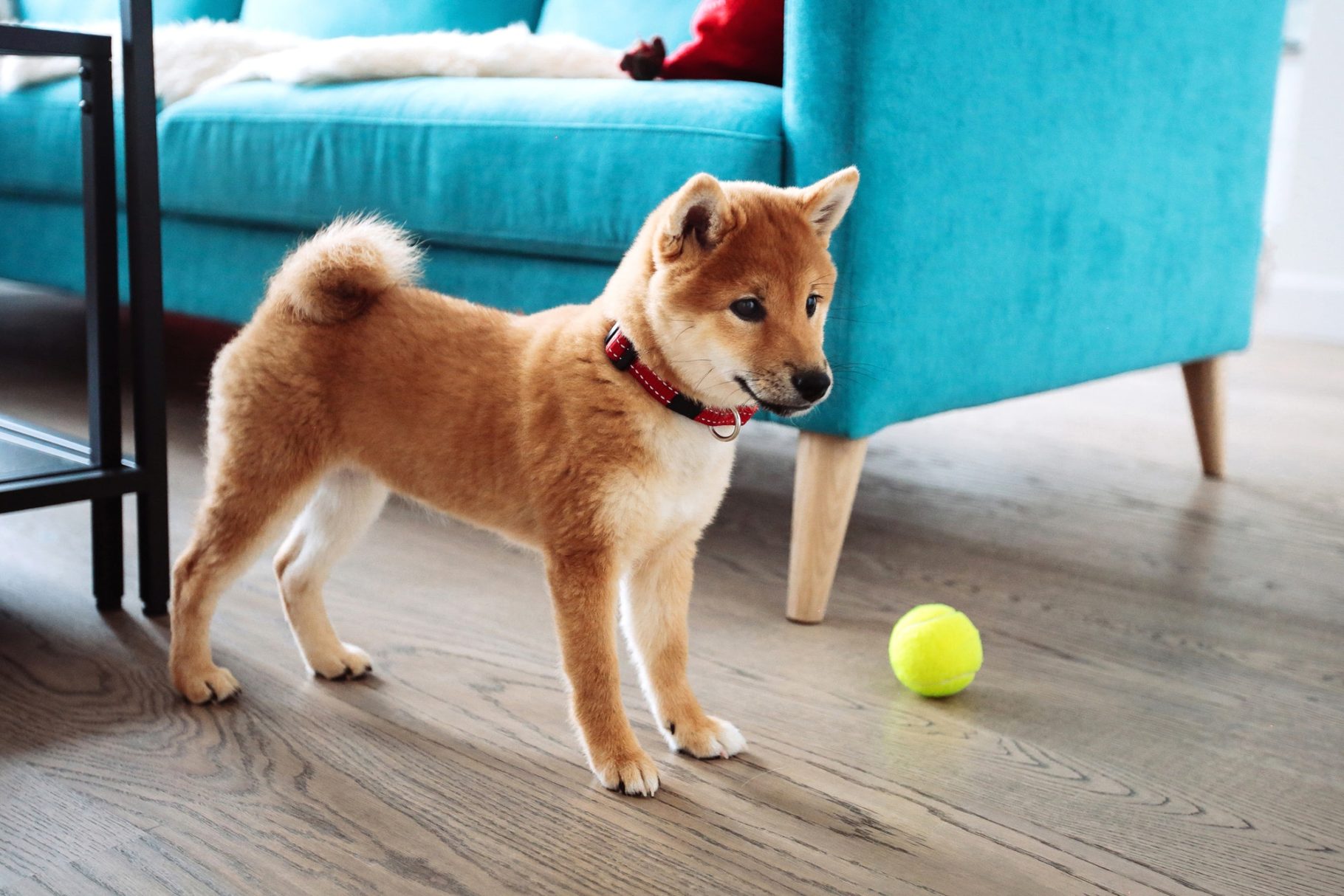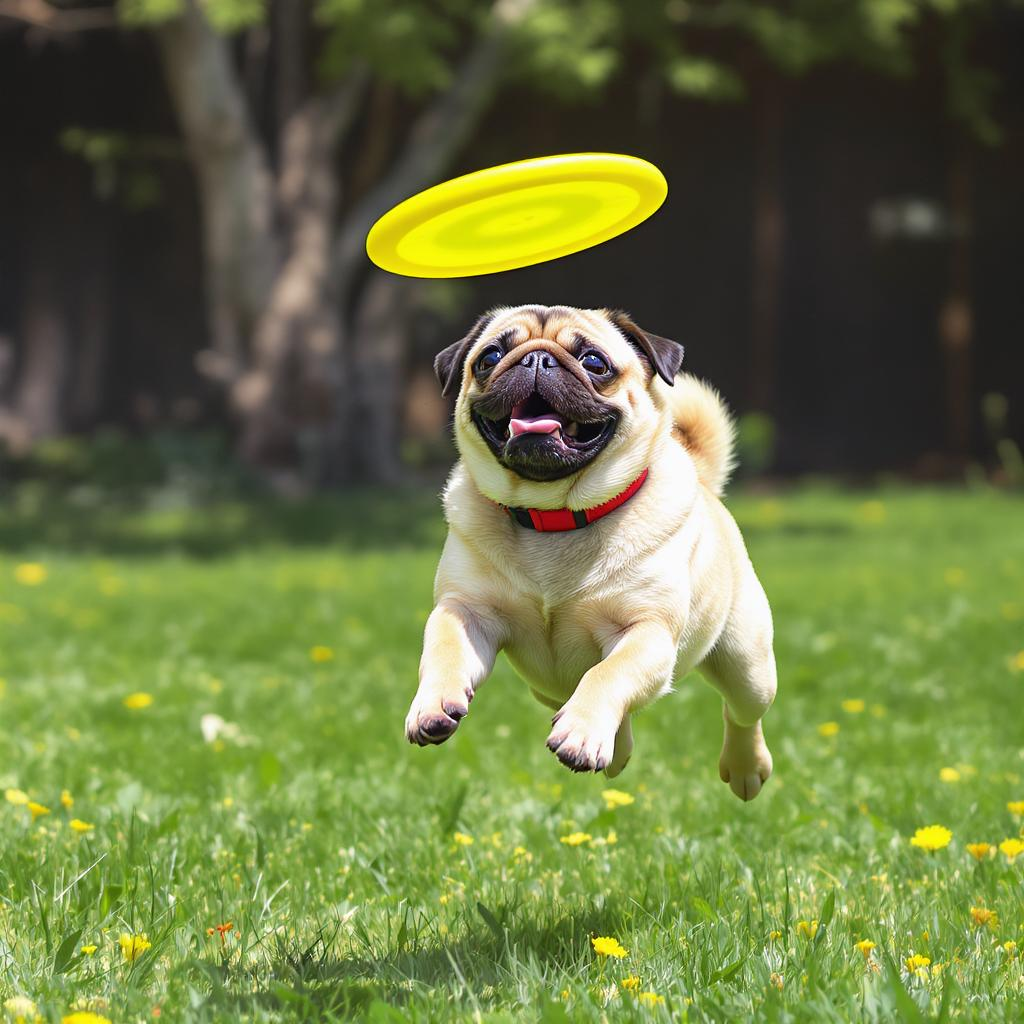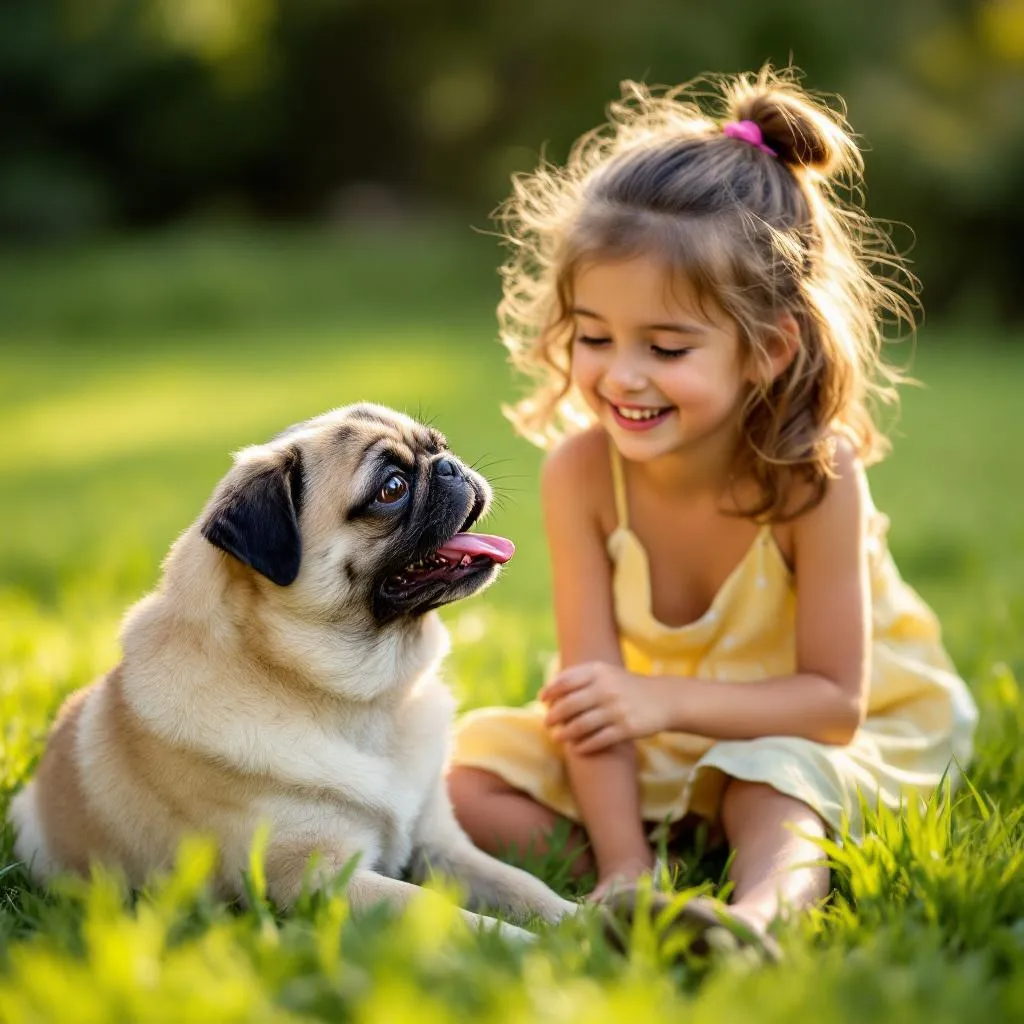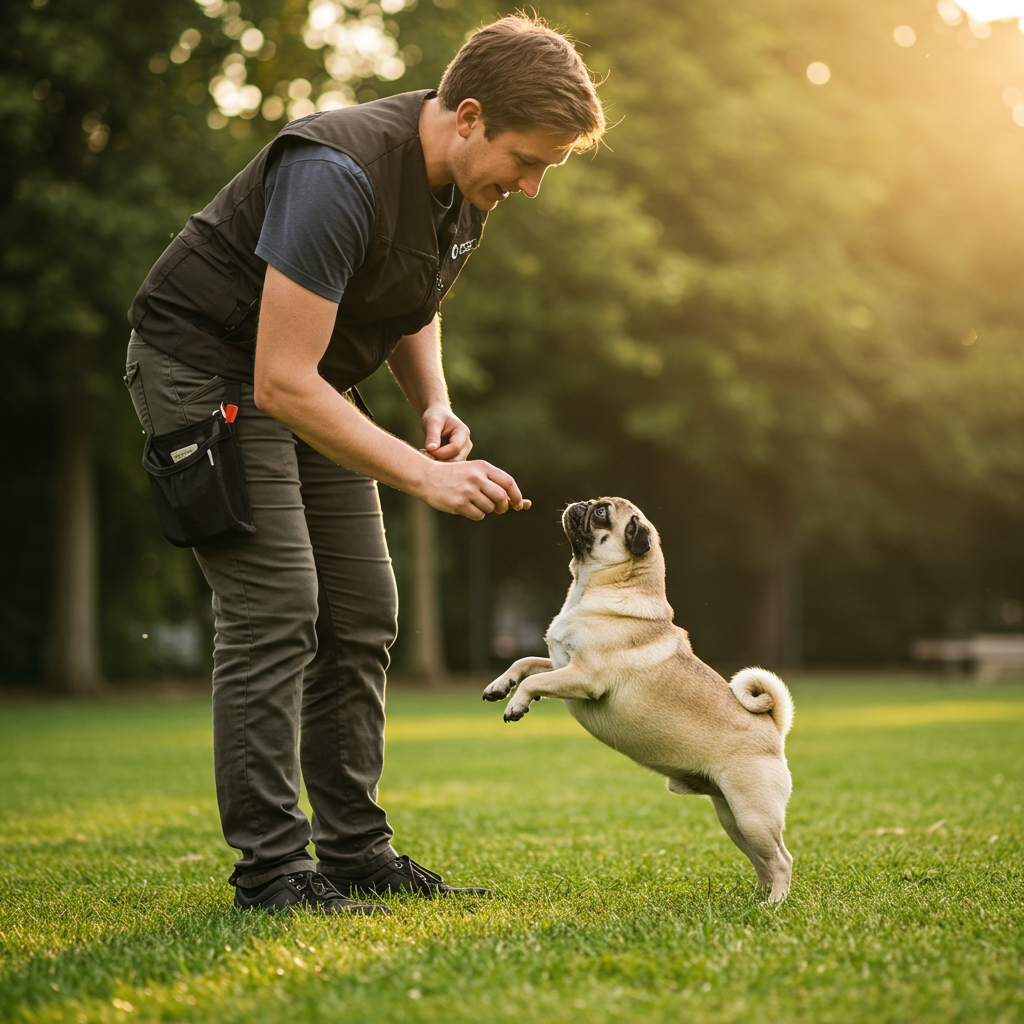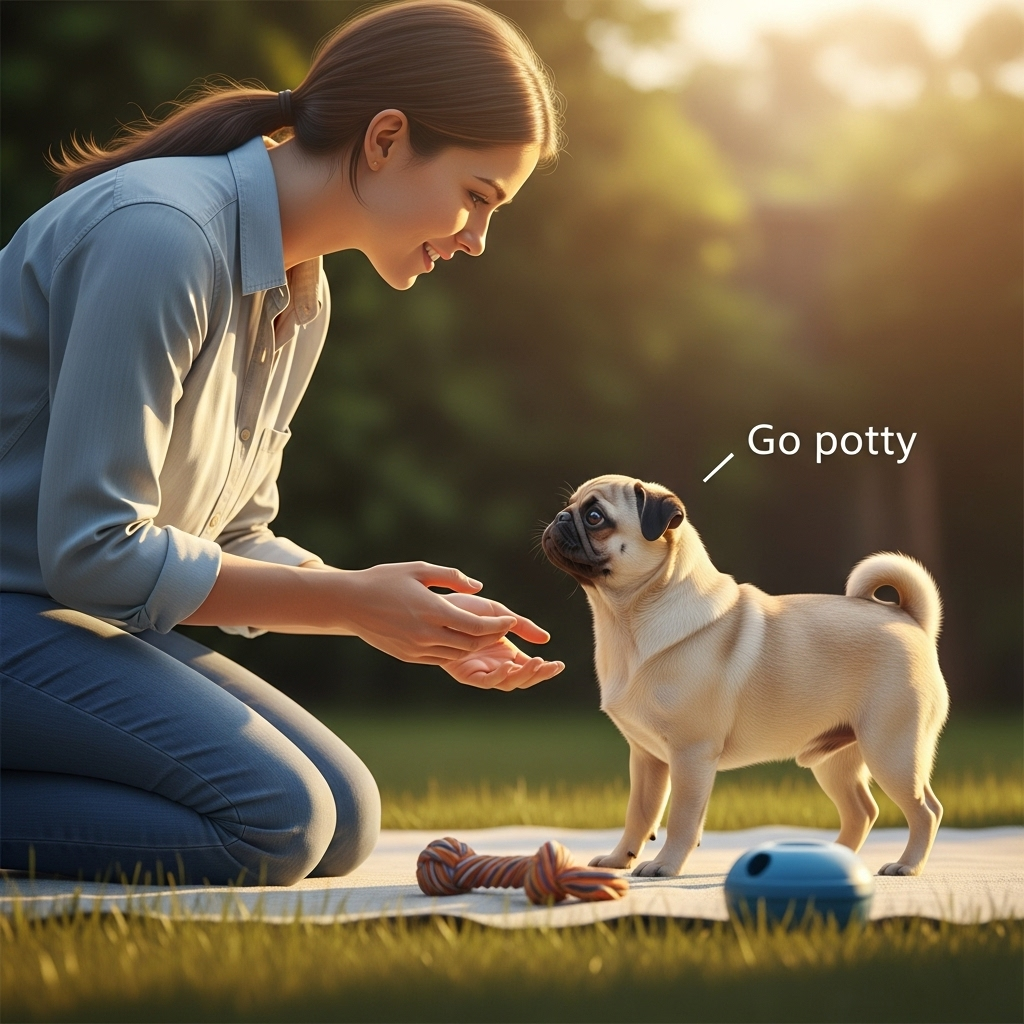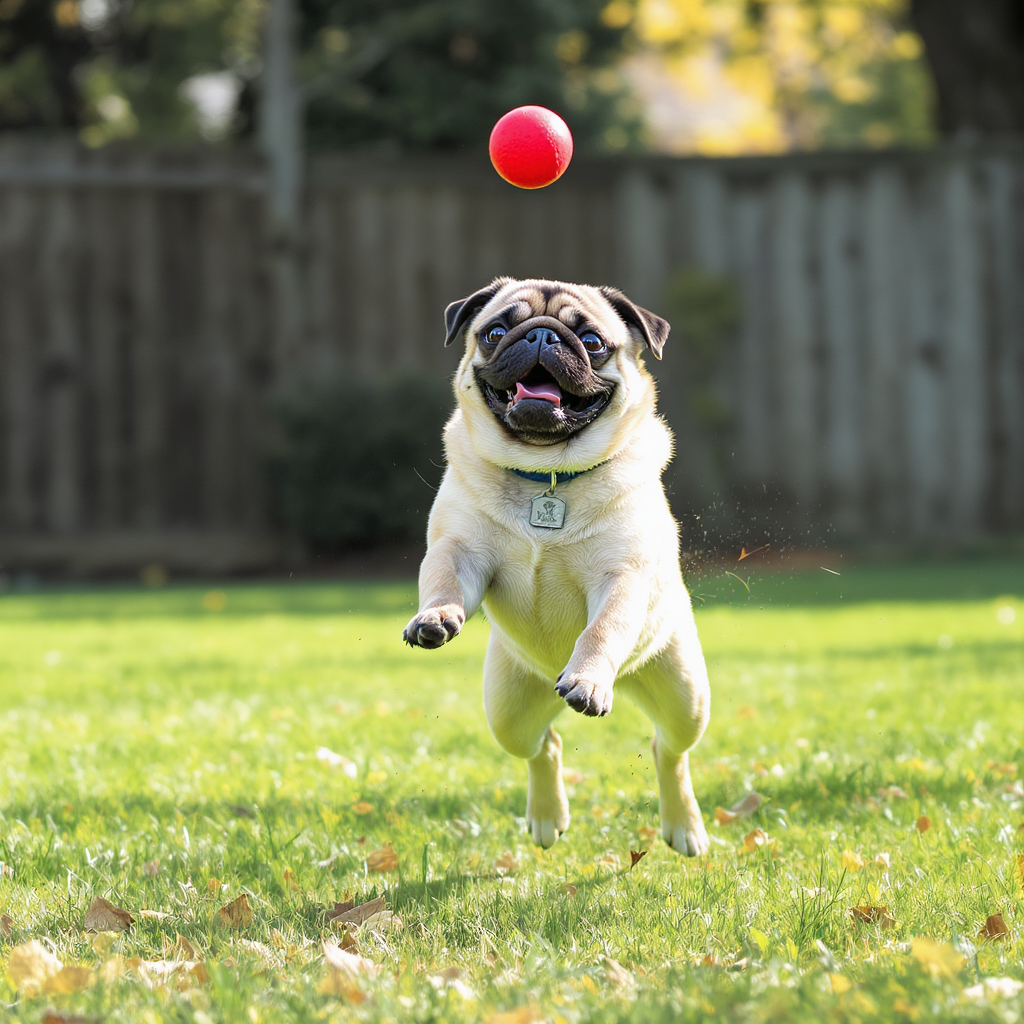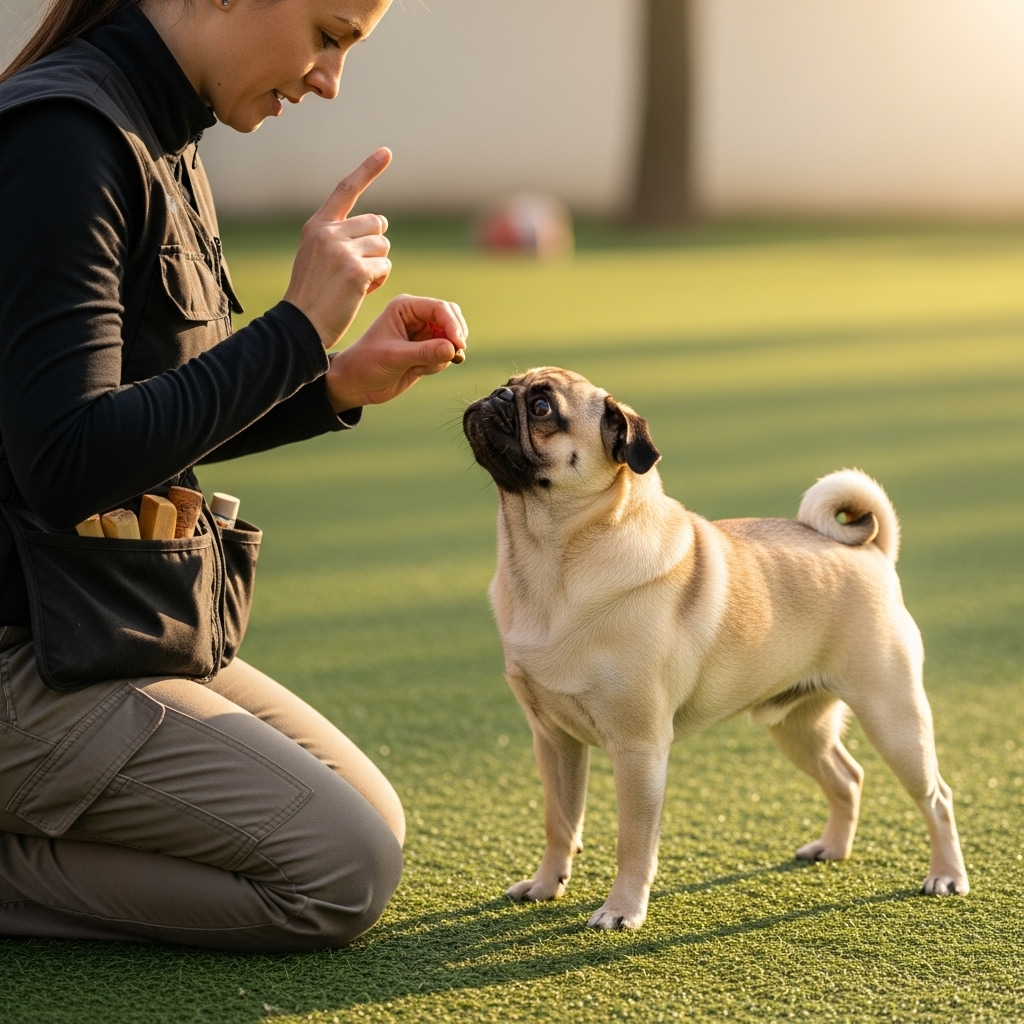Food Type | Best Options | Benefits | Things to Watch For |
Dry Kibble | Royal Canin Pug Adult, Wellness CORE, Orijen | Easy to portion, dental support | Avoid fillers, corn, and meat “meals.” |
Wet Food | Merrick Grain-Free, Blue Buffalo, Hill’s | Great for hydration and picky eaters | Check sodium and fat levels |
Homemade Meals | Chicken, turkey, brown rice, green beans | Full control over ingredients and quality | Balance is crucial—consult your vet |
Raw Diet | Primal, Stella & Chewy’s (vet-approved) | Potential for lean body and clean teeth | Risk of bacteria, not for every pug |
Fresh Delivery | The Farmer’s Dog, Ollie, Nom Nom | Vet-approved, pre-portioned, real ingredients | Pricey for long-term; needs refrigeration |
Treats & Snacks | Sweet potato, baby carrots, freeze-dried liver | Training and bonding—can help behavior too | Keep under 10% of daily food intake |


